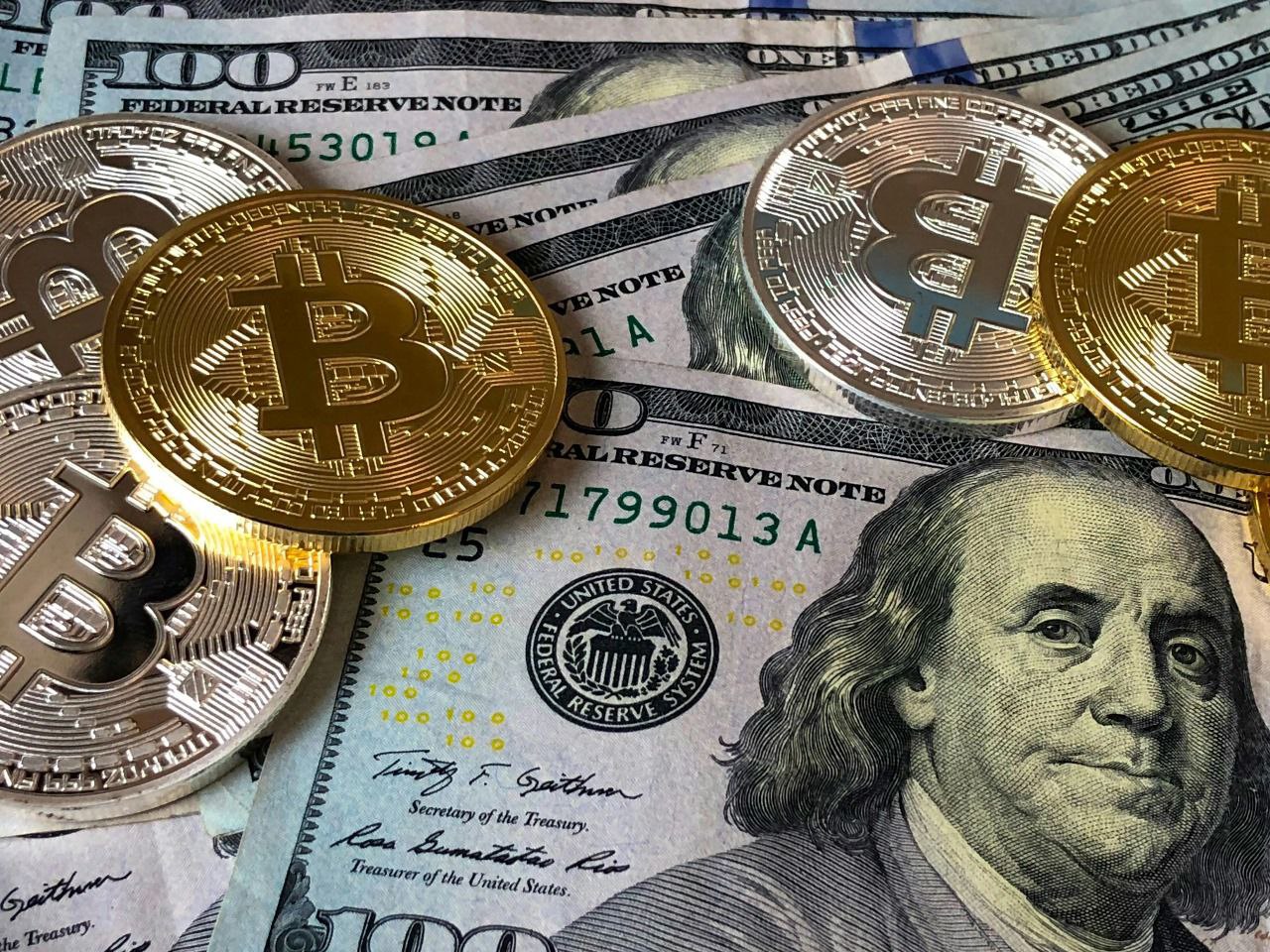- Attractive Education
- Beginner to Advance
- Flexible Timing

First: Forex Markets
Currency markets witnessed significant fluctuations during this period, affected by global political and economic tensions, especially after U.S. President Donald Trump announced the imposition of new tariffs of 10% on all imports, which led to sharp volatility in the markets.
EUR/USD: The pair rose to 1.1366, supported by a decline in the U.S. dollar due to American tariff policies and political pressure on the Federal Reserve.
USD/JPY: The pair dropped to 143.34, with increasing demand for the yen as a safe haven amid geopolitical tensions.
GBP/USD: The pair recorded 1.3297, affected by economic pressures in the United Kingdom and the decline of the U.S. dollar.
AUD/USD: The pair rose to 0.6384, supported by expectations of easing U.S. tariffs on the automotive industry, which boosted confidence in Australian markets.
Second: Gold Prices
Gold prices experienced sharp fluctuations during this period, rising to record levels of $3,500 per ounce at the beginning of the week, supported by demand for safe-haven assets amid political and economic tensions.
With growing expectations of easing trade tensions between the United States and China, prices fell to around $3,300 per ounce.
Major financial institutions such as JPMorgan expect prices to continue rising, with the possibility of exceeding $4,000 per ounce by the second quarter of 2026, supported by strong demand from central banks and investors.
Third: Political Tensions and Their Impact on Markets
U.S. Tariff Policies: The new tariff policies announced by President Trump led to a decline in confidence in U.S. markets, with stock indices falling and the U.S. dollar weakening.
Geopolitical Tensions in Asia: The Kashmir region witnessed increasing tensions between India and Pakistan, leading to the Indian rupee experiencing its highest volatility in two years.
Shifts in Global Investments: Investors turned to emerging markets such as Brazil and India, in addition to increased investments in Chinese and Saudi stocks, seeking more stable opportunities amid global tensions.
Fourth: Future Outlook
Currency Markets: Volatility is expected to continue in currency markets, as investors monitor global political and economic developments, particularly concerning U.S. tariff policies and geopolitical tensions.
Gold Prices: Despite the recent decline, the general trend remains upward, supported by strong demand from central banks and investors, with expectations of prices surpassing the $4,000 per ounce mark in the near future.
Global Trade: Trade tensions may continue to affect the markets, prompting investors to seek safe havens and alternative investments in emerging markets and stable sectors.
This site is protected by reCAPTCHA and the Google
Privacy Policy and
Terms of Service apply.